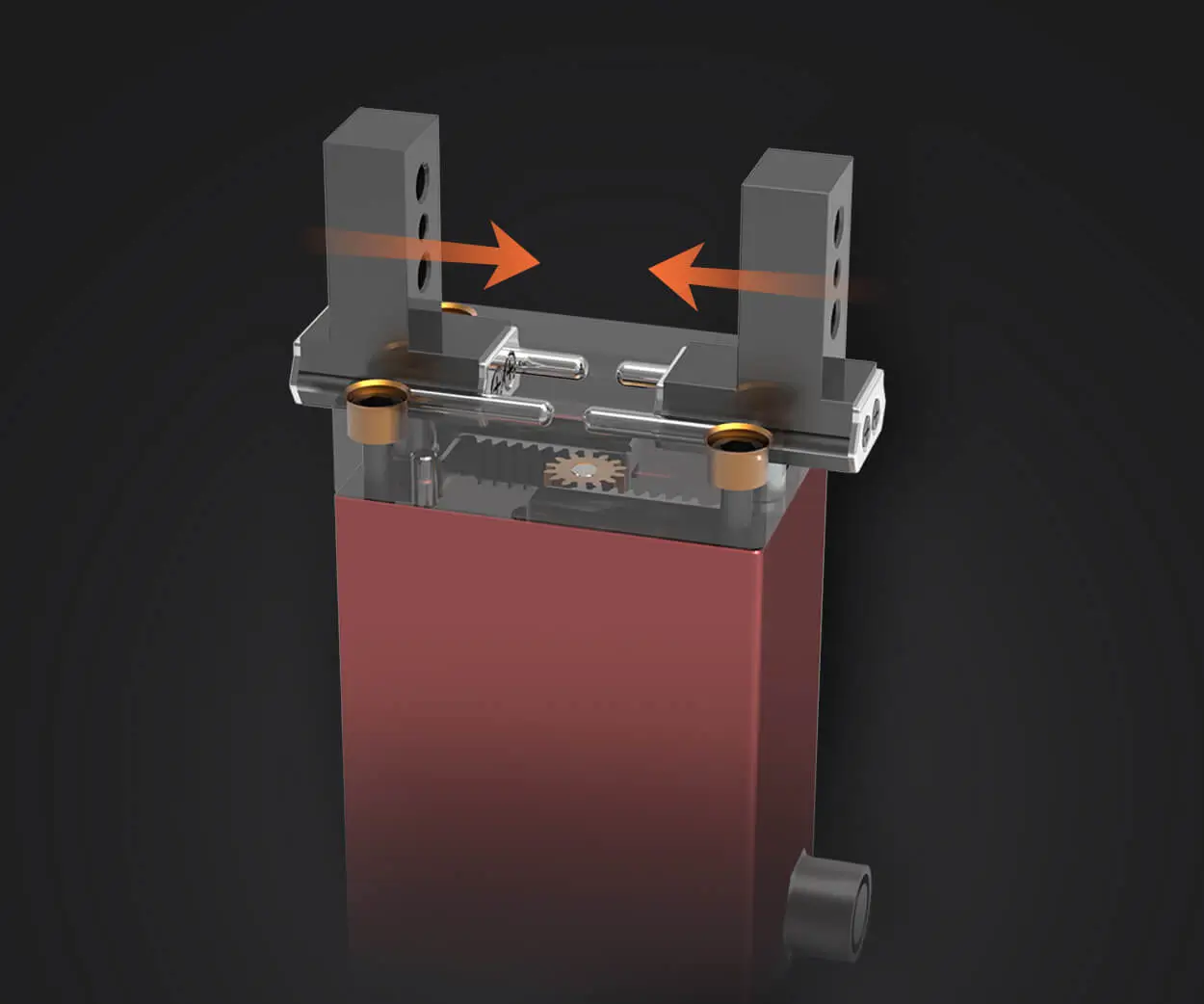In the rapidly evolving landscape of miniature robotics and hobby electronics, certain components have gained almost legendary status due to their reliability, affordability, and compact size. Among these, the Micro Servo 9g SG90 stands tall as an indispensable gadget. Its tiny stature, combined with impressive performance, has revolutionized what hobbyists, students, and professionals can achieve with limited space and budget.

Understanding the Basics:
The SG90 is a small, lightweight, and cost-effective servo motor designed primarily for radio-controlled (RC) applications. Its compact form factor—generally weighing around 9 grams—makes it perfect for projects where size and weight are critical constraints. Despite its appearance as a miniature component, the SG90 delivers solid performance, offering precise control over angular positioning and speed.
Key Specifications That Make It Special:
Size and Weight: As the name suggests, it weighs approximately 9 grams and measures roughly 22mm x 11mm x 22mm. This size makes it suitable for tiny robotics, drone gimbals, or prosthetic devices. Torque: Typically, it provides a stall torque of about 1.2 kg·cm at 4.8V, which is enough to move lightweight components or control small levers. Speed: When powered at 4.8V, it can rotate approximately 0.12 seconds per 60 degrees, allowing for quick, responsive movements. Power Supply: It operates within a voltage range of 4.8V to 6V, which is compatible with many hobbyist power sources. Control Signal: It responds to standard PWM signals, enabling easy integration with Arduino, Raspberry Pi, and other microcontrollers.
Why Has the SG90 Become a Hobbyist Favorite?
The allure of the SG90 lies not solely in specs but also in its accessibility. Its low cost, availability, and ease of use make it the go-to micro servo for DIY projects. Whether you're building a robotic arm, creating a camera stabilizer, or designing a remote-controlled car, the SG90 offers consistent, predictable movement that tends to satisfy even demanding enthusiasts.
Furthermore, the vast community support surrounding this servo offers an invaluable resource—tutorials, troubleshooting guides, and design inspiration—making it easier than ever especially for beginners to get started.
Applications Across Industries and Projects:
While the SG90 is often associated with basic hobby projects, its applications extend far beyond that. It’s found in:
Drones: Gimbals and tilt mechanisms for camera stabilization. Robotics: Micro arms, grippers, and moving joints. Educative Kits: Teaching students about servo control and automation. Animatronics: Small facial expressions and movements in puppet projects. Wearable Devices: Tiny actuators for responsive clothing or accessories. Prototyping: Rapid development of mechanical prototypes owing to its ease of control and low cost.
Understanding the Mechanics:
The accuracy of the SG90 is closely tied to its internal gear train, typically made of plastic, which helps in reducing weight and manufacturing costs. The gear train translates the motor's rotation into precise, controlled movement. While the plastic gears are sufficient for lightweight loads, they can wear out after prolonged use or under high stress, which is a consideration for custom projects.
The servo's control circuit receives a PWM signal from a microcontroller, which instructs it to move to a specific position within its range (usually 0° to 180°). The servo's internal potentiometer detects the shaft's position and adjusts the motor's rotation accordingly, forming a closed-loop feedback system that ensures accuracy.
Advantages and Limitations:
The SG90 is praised for several reasons:
Affordability: It costs just a few dollars, making it accessible for educational institutions and hobbyists. Ease of Use: Minimal learning curve, compatible with most microcontrollers. Lightweight and Compact: Fits into the smallest of projects without adding bulk.
However, it’s not without limitations:
Limited Torque and Power: Not suitable for heavy-duty applications. Plastic Gears: Shorter lifespan under high stress. Vibration and Noise: Sometimes produces jittery movements if not properly calibrated. Voltage Sensitivity: To maintain performance, adherence to voltage recommendations is essential.
Choosing the Right Power Source and Materials:
Powering the SG90 correctly is foundational to its performance. Most projects operate it at 4.8V to 6V DC, typically supplied by AA batteries, LiPo batteries, or regulated power supplies. Overvoltage can damage the motor or cause erratic movement, while undervoltage may result in insufficient torque.
If you’re assembling a robot or drone, incorporating a voltage regulator ensures stable operation. Additionally, testing different gear materials or adding external gear reductions can enhance durability for more demanding projects.
Customizing for Your Project:
While the SG90 comes pre-assembled, custom modifications can unlock new potentials. For example, attaching different linkages or arms can extend its reach and customize its motion profile. Some users reinforce the internal gears or add damping to reduce jitter.
Parallel to hardware modifications, software control techniques, such as pulse-width calibration, motion smoothing algorithms, or integrating sensors for feedback, can dramatically improve performance and reliability.
Once you're familiar with its features, applications, and mechanics, the next step is understanding how to utilize the SG90 effectively within your projects. In the upcoming second part, we'll dive deeper into practical tips, DIY projects, troubleshooting advice, and innovative uses that demonstrate why this tiny servo remains a cornerstone in the world of miniature automation.
Kpower has delivered professional drive system solutions to over 500 enterprise clients globally with products covering various fields such as Smart Home Systems, Automatic Electronics, Robotics, Precision Agriculture, Drones, and Industrial Automation.




































